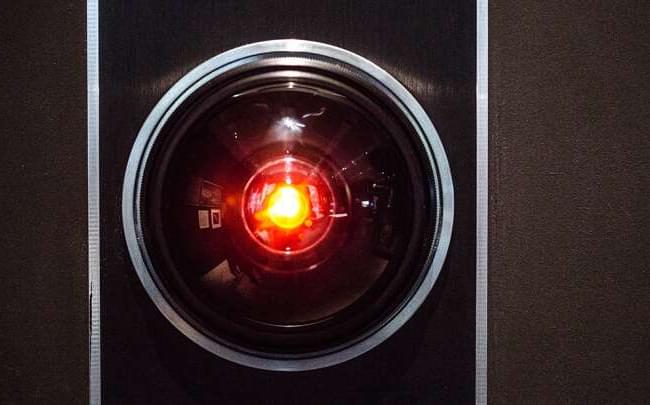Kawasaki has shoehorned the supercharged 1,000cc engine from its wild H2R hyperbike into a heavy-lift autonomous cargo helicopter, and has now demonstrated a robotic system for loading and unloading it without exposing humans to those big blades.
The K-Racer X1 is a beast of a drone, roughly the size of a small car. It rises vertically on a helicopter-style top rotor, but where there’s normally a tail rotor to balance out torque, this machine uses two forward-facing props mounted at the end of stubby wings. These props double as forward propulsion, with the wings providing some lift.
Kawasaki is yet to specify how fast this thing will fly, but we doubt it’ll be too quick; assuming that top rotor keeps spinning in cruise flight, top speed will be limited by retreating blade stall, which causes asymmetric lift.





